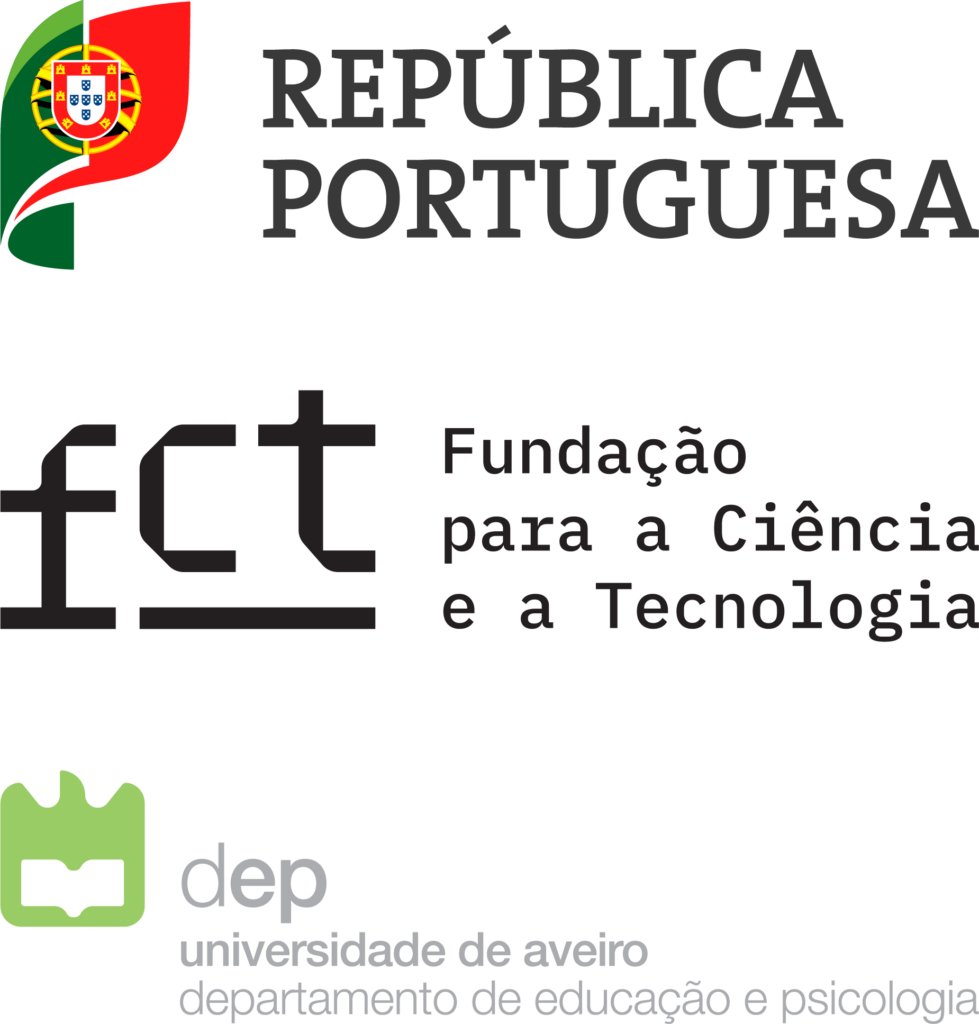Ricardo Silva (CIDTFF), Fernando Martins, Cecília Costa (CIDTFF), José Cravino (CIDTFF) & Joaquim Bernardino Lopes (CIDTFF) | Education Sciences, 11(12), 757.
Abstract:
The integration of virtual manipulatives in classroom practices facilitates student learning processes. For this, the teacher must understand how to support students in establishing mathematical connections between the manipulation and their interpretations of the representations. We present a learning scenario that integrates the use of virtual manipulatives in mathematical modelling tasks. It was designed and implemented during initial teacher training, with the aim of helping a group of first-year elementary school students to overcome difficulties identified in their comprehension of the meaning of subtraction. The research, following the principles of design-based research, included three distinct moments: an individual written pre-test, an intervention phase with six micro-cycles, and an individual written post-test. The analysis of the collected data—audio, screen recordings, and written productions—allowed us to identify the most influential structural characteristics of the learning scenario: mathematical communication, collaborative learning, self-regulation, and co-regulation of learning. Our results suggest that differentiated instruction, minimal guidance, and scaffolding played an important role in the support provided by the pre-service teacher to students in the mathematical modelling activities that integrated virtual manipulatives.
– – – – –
Referência:
Silva, R., Martins, F., Costa, C., Cravido, J., & Lopes, J. B. (2021). Learning Scenario to Promote Comprehension of the Meaning of Subtraction. Education Sciences, 11(12), 757. https://doi.org/10.3390/educsci11120757





